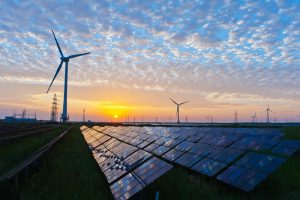 More than 25 U.S. cities, 12 countries, and at least 89 companies have all committed to transition to 100 percent renewable energy. That’s because they all recognize the unstoppable potential clean energy has to create jobs, strengthen and protect the economy, and fight climate change.
More than 25 U.S. cities, 12 countries, and at least 89 companies have all committed to transition to 100 percent renewable energy. That’s because they all recognize the unstoppable potential clean energy has to create jobs, strengthen and protect the economy, and fight climate change.
Now, U.S. states are throwing their hats into the 100-percent renewable ring. California and Massachusetts have proposed plans to get there, while Hawaii has made the pledge. This 100-percent dream does not come from fantasy, but is actually the result of a number of coalescing factors.
Earth Day is our time to recognize what’s more: With the right mix of clean energy technologies and solutions, 100 percent renewable is 100 percent possible.
100 percent is possible
Cost competitive and scalable renewable energy has taken off over the past 10 to 20 years. The hungry solar market in California for example, has resulted in exponential growth of utility-scale and rooftop solar over the last decade, creating over 150,000 jobs throughout the Golden State.
Recently, California powered 40 percent of its midday energy demand with solar power. A steady stream of policy actions at the state and local level – timed with the dramatic drop in costs of renewables – have helped make this possible. Across the U.S., current RPS policies alone could result in these benefits:
- Renewables contributing 40 percent of total electricity generation in the U.S. by 2050;
- Reducing climate change-causing greenhouse gases and harmful air pollutants like SOx and NOx (which together form ozone) by 6 percent; and
- An almost 20 percent increase in jobs.
The bold inspiration, urgency, and benefit of 100 percent renewables is without question, but the pathway for getting there is less clear and will vary by state and region. Read More











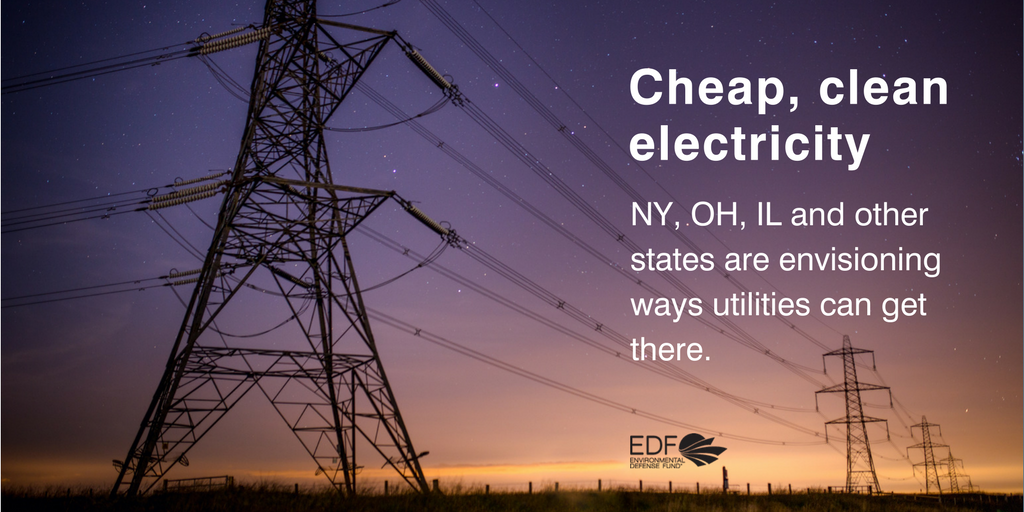
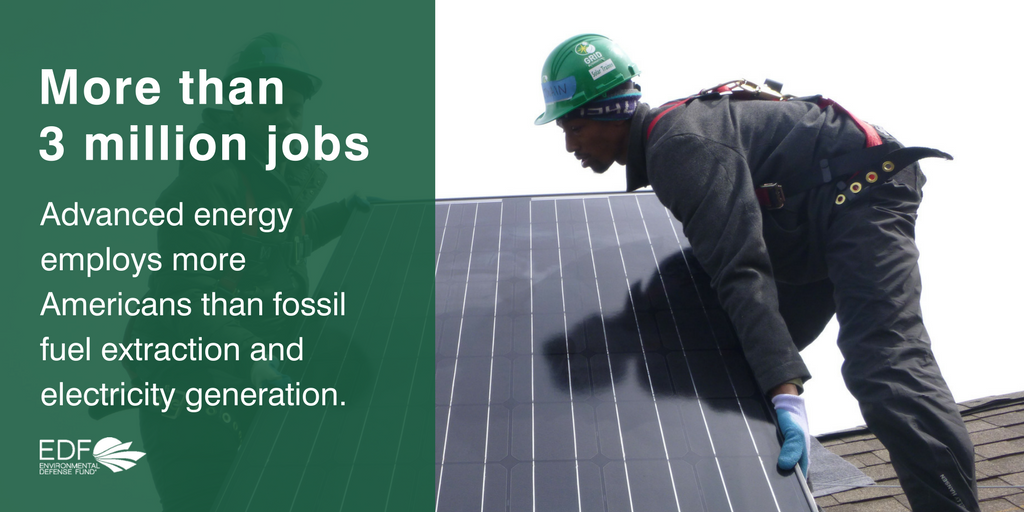
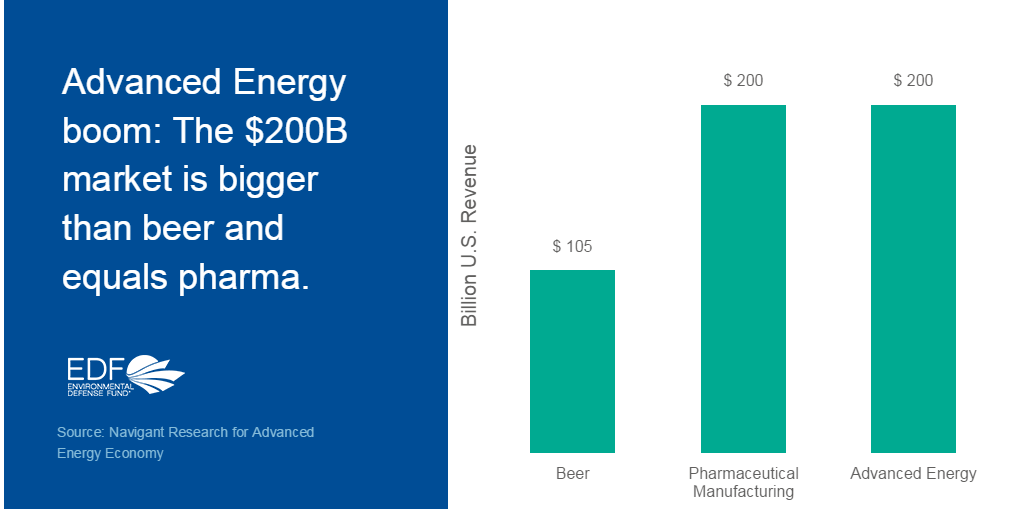
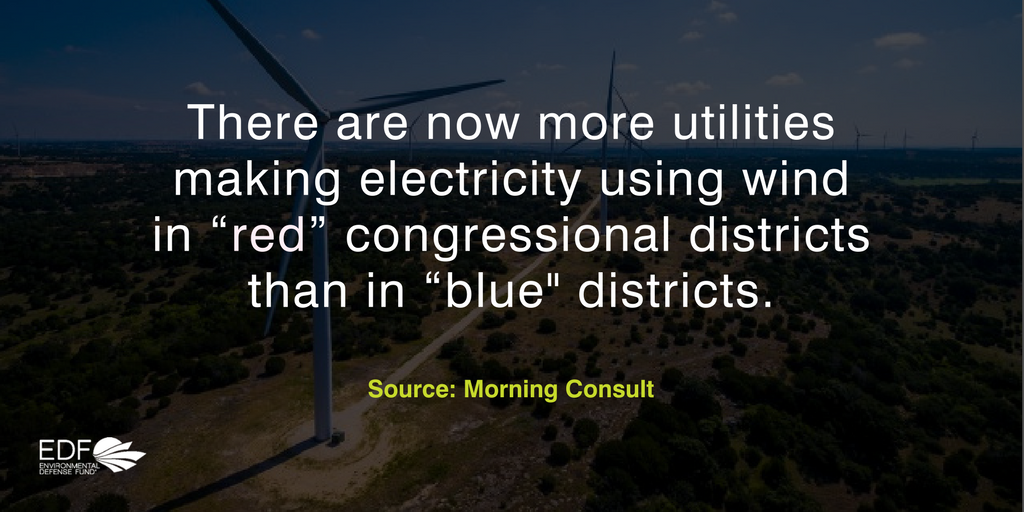
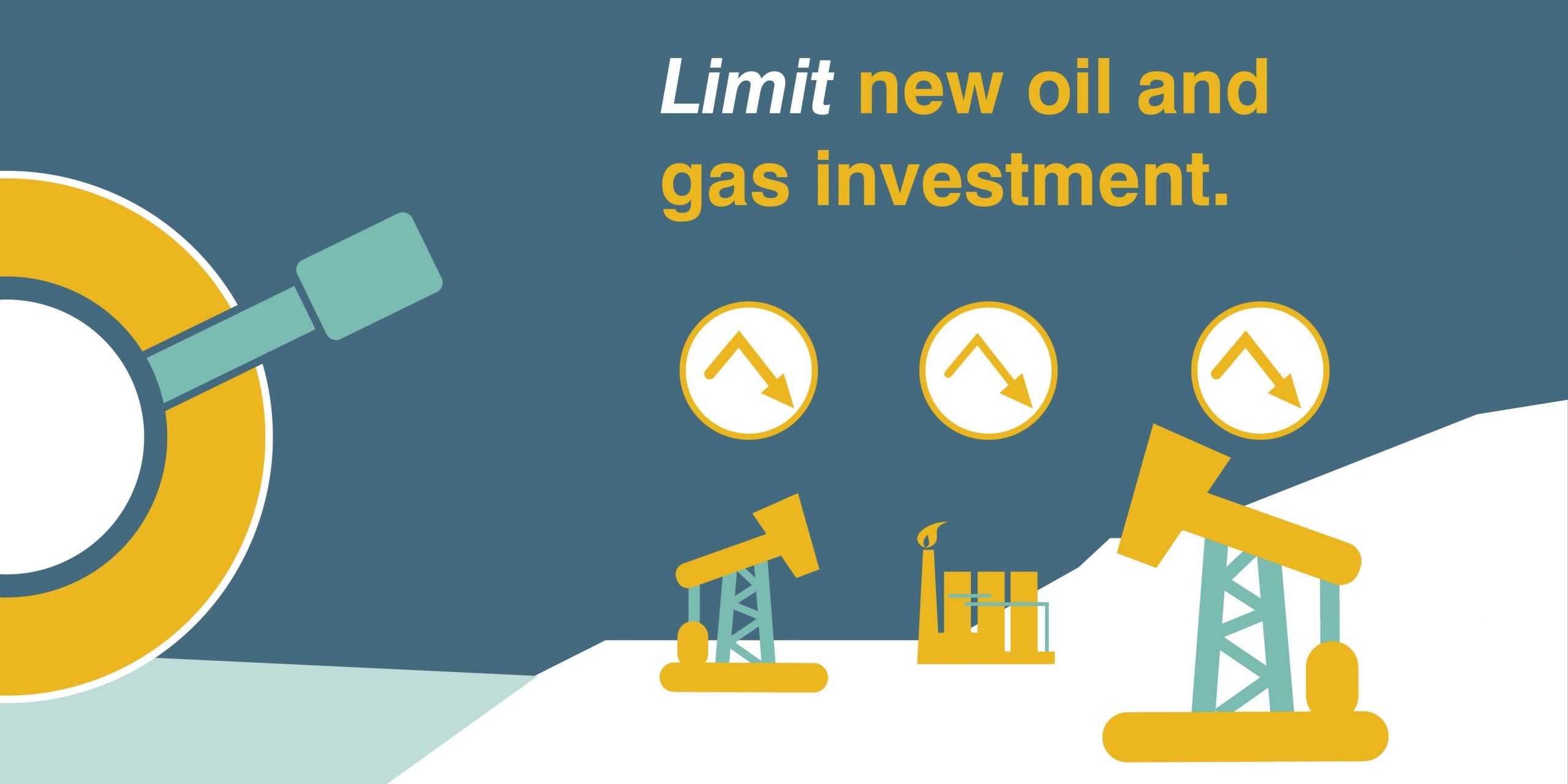
 Andrew Bilich
Andrew Bilich The late California historian Kevin Starr once wrote, “California had long since become one of the prisms through which the American people, for better and for worse, could glimpse their future.” These words have never felt truer. Just ask
The late California historian Kevin Starr once wrote, “California had long since become one of the prisms through which the American people, for better and for worse, could glimpse their future.” These words have never felt truer. Just ask 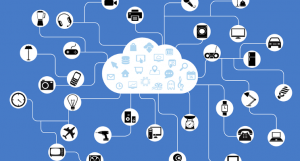 Co-authored by
Co-authored by